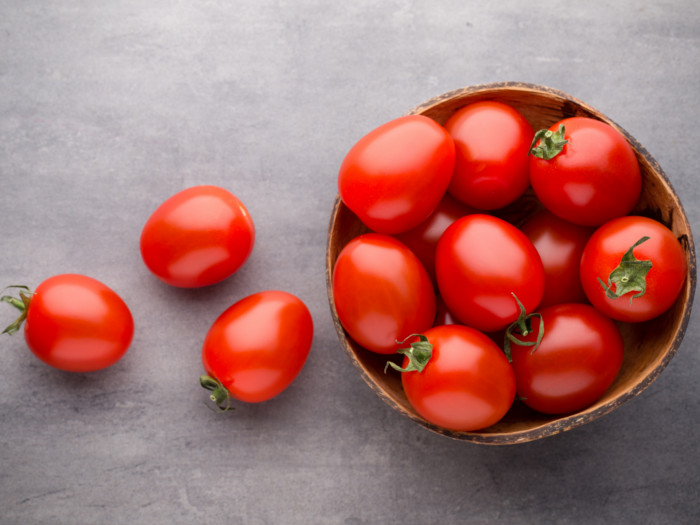Although nightshade vegetables are completely healthy for many people, they can represent a dangerous allergen for others, so understanding the risks is very important.
What are Nightshade Vegetables?
Nightshade vegetables comprise different species of plants within the Solanaceae family, some of which are very popular vegetables eaten daily or weekly, such as potatoes and peppers. Many of the vegetables, flowers, and herbs in this taxonomic family are rich in other antioxidants, dietary fiber, vitamins, minerals, amino acids, and proteins, so their dietary value is clear. Also, there are a few characteristics that link them all together, namely the presence of alkaloids and calcitriol. [1]
The name nightshades give these vegetables a bit of a sinister sound, and in the past, certain nightshade vegetables have been used in witchcraft and poisonings, as some of these plants can be deadly. Others believed that these plants only grew at “night” and required heavy shade. However, the exact origin of the term nightshade is unknown, and it has now expanded to include more than 2,000 species.

Tomatoes, like peppers and potatoes, are a member of the nightshade family. Photo Credit: Shutterstock
List of Nightshade Vegetables
The most popular nightshade vegetables include eggplant, sorrel, paprika, tomatoes, and goji berries, among others.
Tomatoes
High in vitamins A and C, as well as iron, potassium, and lycopene, this popular vegetable isn’t considered dangerous and can aid in blood pressure and immune system issues. [2]
Eggplant
With high levels of key minerals like manganese, as well as good amounts of anthocyanins and other antioxidants, this vegetable can help with chronic disease. [3]
Berries
Known as excellent superfoods packed with vitamins and antioxidants, most berries are safe to eat, but only eat those you recognize!
Tomatillos
Low in calories, but high in fiber and antioxidants, these tomato variants are delicious and safe! [4]
Red Pepper
Bell peppers are extremely high in vitamin C, which makes them an ideal immune system supplement for many people. [5]
White Potatoes
With good levels of vitamin A, B, C, and vitamin E, as well as dietary fiber and a high concentration of carbohydrates, these root vegetables are easy to prepare, but don’t eat them before they’re ripe (when they’re green). [6]
Goji Berries
Packed with antioxidants and amino acids, this popular superfood can cause inflammation in some people but is generally considered safe. [7]
Nightshade Vegetables Allergy
One of the major controversies about nightshade vegetables is that some of the plants in that family can be toxic, and there are some active ingredients that can cause allergic reactions in large quantities, such as alkaloids, lectins, saponins, and calcitriol. More specifically, a compound called glycoalkaloids are found in some of the leaves and stems of nightshade vegetables, as this natural pesticide is able to prevent insects and rodents from eating the leaves. If you are allergic to these vegetables, then you may experience gastrointestinal distress or topical inflammation. [8]
However, there are mixed results in terms of benefits versus side effects. There are some reported cases of these vegetables worsening inflammation, compromising immunity and doing damage to the gastrointestinal system. Some of this is due to eating an excessive amount, not preparing the vegetables properly, or having a pre-existing condition. Before adding more nightshades to your diet, speak to your doctor about your specific health issues.
